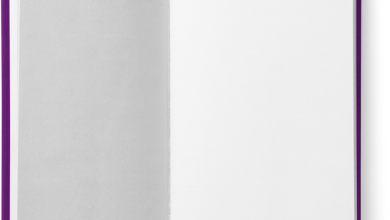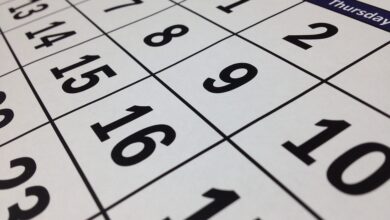
Achieving Balance: How a Calendar Can Help in All Areas of Life
In today’s fast-paced world, finding balance in our lives can often feel like an impossible task. Between work obligations, family responsibilities, social activities, and personal interests, it can be challenging to juggle all of the different aspects of our lives without feeling overwhelmed. However, there is a simple tool that can help us achieve balance and make the most of our time: a calendar.
Using a calendar to organize our schedules and prioritise our commitments can have a profoundly positive impact on all areas of our lives. By taking the time to plan and schedule our days, weeks, and months, we can ensure that we are making time for the things that matter most to us, while also managing our time effectively and avoiding burnout.
One of the key benefits of using a calendar is that it allows us to visualise our commitments and responsibilities in a clear and structured way. By taking the time to input important dates, deadlines, and events into our calendar, we can get a comprehensive overview of our schedule and identify any potential conflicts or overlaps. This can help us to better allocate our time and resources, ensuring that we are able to meet our various obligations without feeling overwhelmed or stretched too thin.
In addition to helping us manage our time effectively, a calendar can also help us to achieve balance by allowing us to prioritise our commitments and make time for the things that matter most to us. By scheduling time for activities that bring us joy, such as spending time with loved ones, pursuing hobbies, or engaging in self-care, we can ensure that we are taking care of our emotional and mental well-being. This can help us to feel more fulfilled and satisfied in all areas of our lives, leading to increased productivity and overall happiness.
Furthermore, using a calendar can help us to maintain a healthy work-life balance by setting boundaries and ensuring that we are not overworking ourselves. By scheduling regular breaks, setting limits on work hours, and prioritising time for relaxation and leisure activities, we can avoid burnout and prevent stress and exhaustion from taking a toll on our physical and mental health. This can ultimately lead to increased job satisfaction, better relationships with colleagues and loved ones, and improved overall well-being.
Another way in which a calendar can help us achieve balance is by facilitating effective time management and task prioritisation. By breaking down our goals and responsibilities into smaller, actionable tasks and assigning deadlines to them, we can ensure that we are making progress towards our objectives and staying on track with our long-term plans. This can help us to avoid procrastination, stay focused and motivated, and ultimately achieve greater success in all areas of our lives.
Moreover, using a calendar can also help us to stay organised and reduce feelings of stress and anxiety. By keeping track of important dates, appointments, and deadlines, we can avoid last-minute rushes, missed appointments, and forgotten responsibilities. This can help us to feel more in control of our lives and reduce feelings of overwhelm and chaos, leading to increased peace of mind and a greater sense of calm and stability.
In conclusion, a calendar can be a powerful tool for achieving balance in all areas of our lives. By helping us to visualise our commitments, prioritise our activities, manage our time effectively, and stay organised, a calendar can enable us to make the most of our time and ensure that we are meeting our various obligations without sacrificing our well-being. Whether it’s scheduling time for work, family, social activities, or personal interests, a calendar can help us to create a balanced and fulfilling life that allows us to thrive both professionally and personally. So why not give it a try and see how a calendar can help you achieve balance in your own life?





